A Seattle nonprofit is using Airbnb's model to put prefab tiny homes in backyards to shelter the homeless — see what they're like
Brittany Chang

A tiny home.Facing Homelessness and the Block Project
- Tiny homes are increasingly being used to shelter people in cities like Los Angeles.
- Seattle's Block Project sets up tiny homes in peoples' backyards to shelter the city's unhoused residents.
Tiny homes have been in high demand since the start of the COVID-19 pandemic.
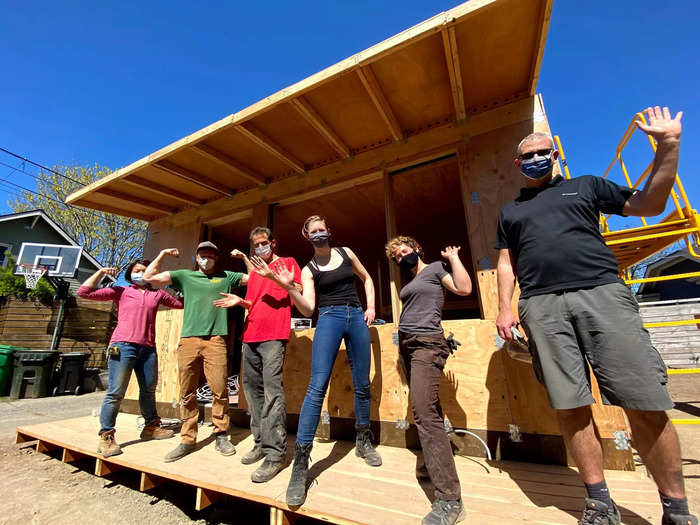
A tiny home. Facing Homelessness and the Block Project
From the $26,000 build-it-yourself tiny home kits that sold out through 2021 to a tiny home in California that recently sold for over $1 million, it seems like the public just can't get enough of these downsized living opportunities.
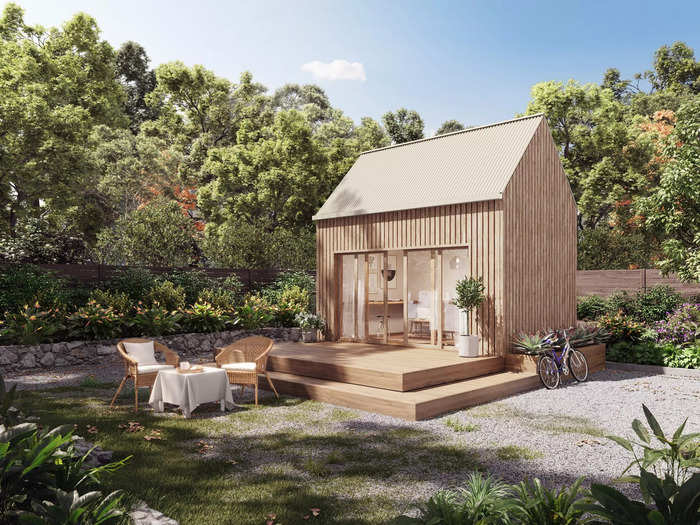
The exterior of the Traveler. Coexist
Since the start of 2020, people across the US have dished out millions of dollars for tiny homes to use as backyard offices, vacation homes, and an opportunity to live minimally.

A tiny home. Joey Hadden/Insider
But consumers paying thousands of dollars per unit aren't the only ones who have taken advantage of the tiny home boom.
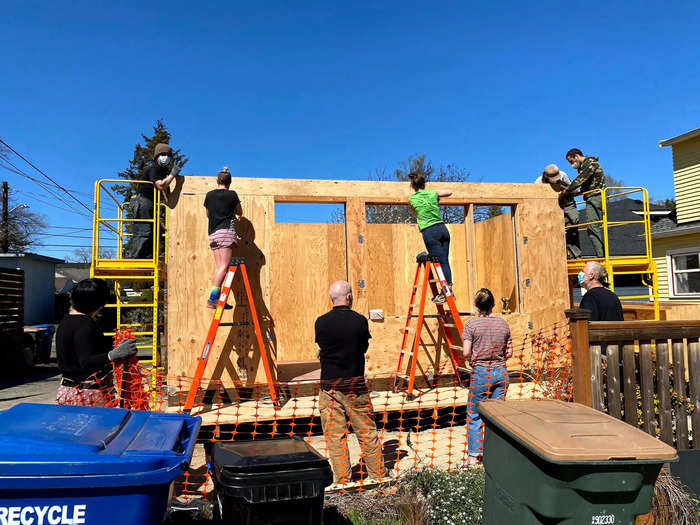
The building process of a tiny home. Facing Homelessness and the Block Project
Several nonprofit organizations across the US have been launching "tiny home villages" that function as transitional shelters to house people without homes.
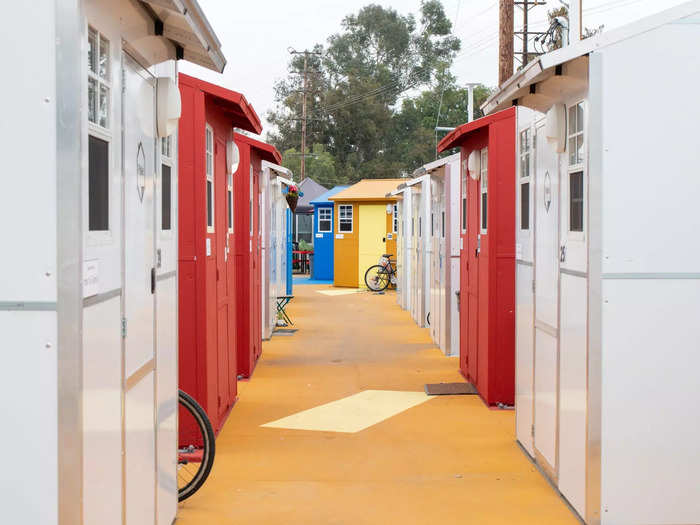
Tiny homes at the Chandler Street Tiny Home Village. Brittany Chang/Insider
Last year alone, Los Angeles — in partnership with nonprofit Hope of the Valley Rescue Mission — opened seven multi-million-dollar villages that now successfully shelter hundreds of the city's residents.
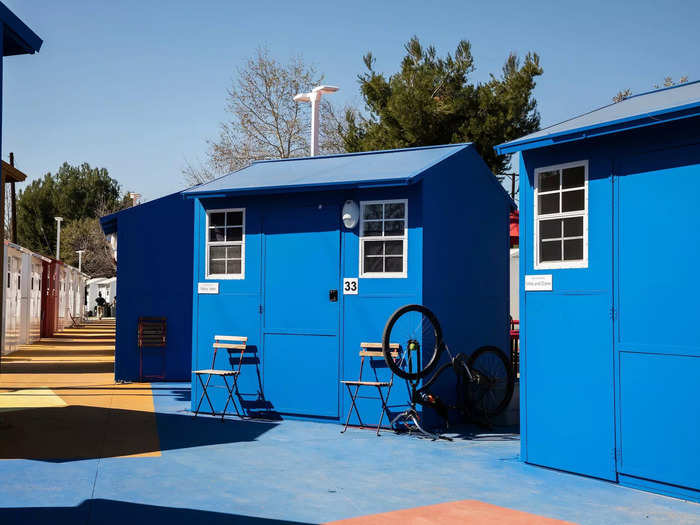
The Tiny Homes Village in Los Angeles, CA. Ted Soqui for Insider
Source: Insider
And states like Hawaii, New Mexico, and Washington are now deploying a similar strategy.
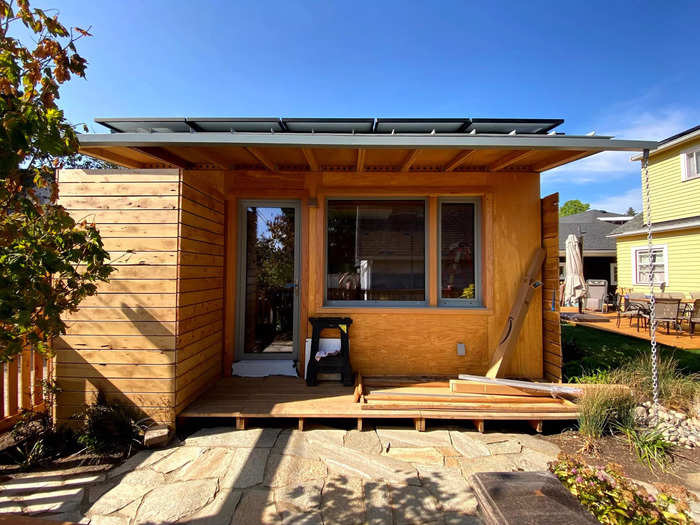
A tiny home. Facing Homelessness and the Block Project
But Seattle nonprofit Facing Homelessness and its tiny home arm, the Block Project, is taking a slightly different approach.
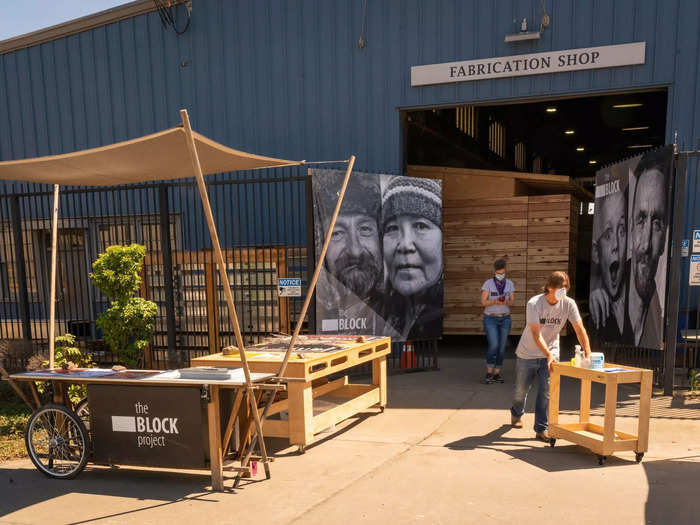
People with Facing Homelessness and the Block Project. Facing Homelessness and the Block Project
It takes more than a village to solve the ongoing homelessness crisis.
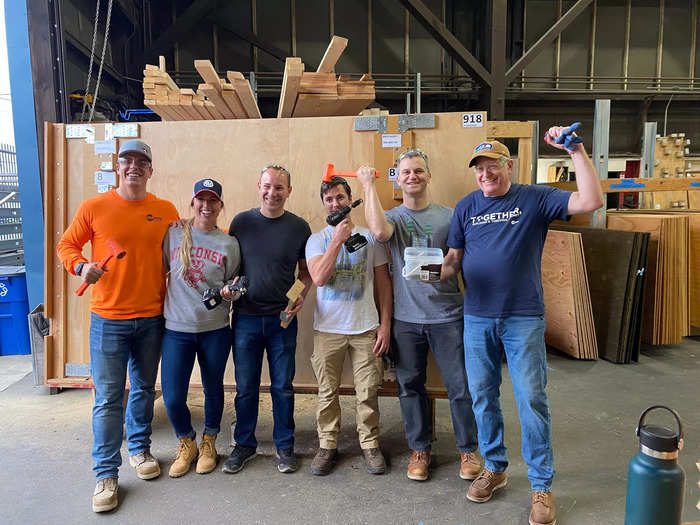
The workspace. Facing Homelessness and the Block Project
Instead of building a community, the nonprofit is putting prefab tiny homes in Seattle residents' backyards to permanently shelter the city's unhoused population.
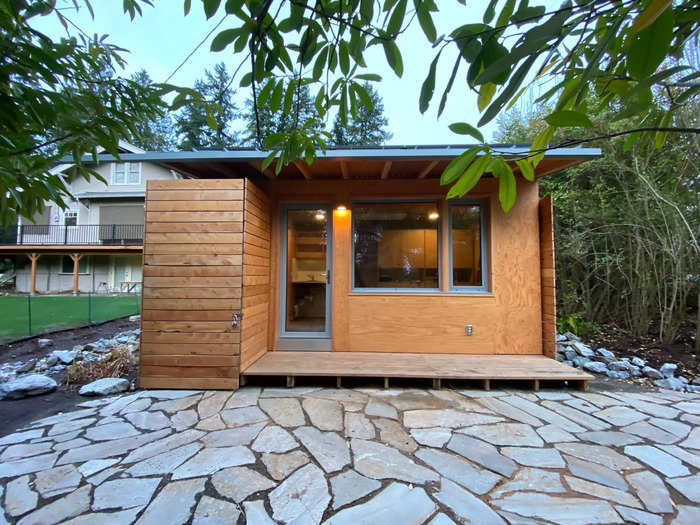
A tiny home. Facing Homelessness and the Block Project
Think of the Block Project as an Airbnb program, but instead of inviting strangers into your home, you're letting strangers stay in your backyard long-term.
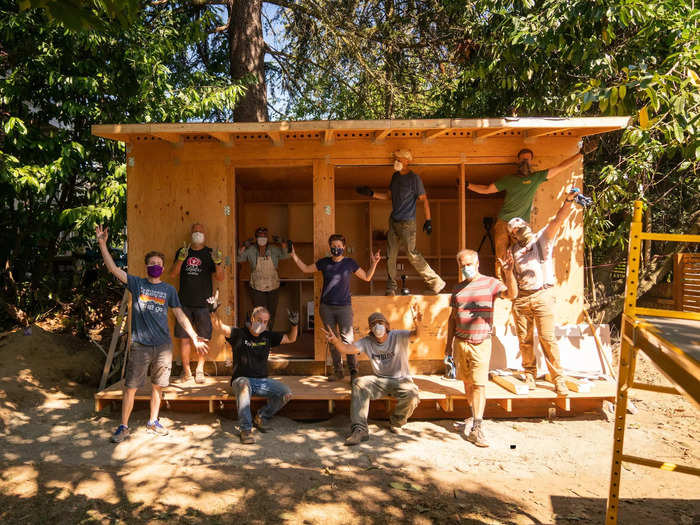
The nonprofit building a tiny home. Facing Homelessness and the Block Project
According to Jennifer Tee, the deputy director of Facing Homelessness, Airbnb model's — specifically strangers staying in peoples' homes — helped pave the way for the Block Project's success.
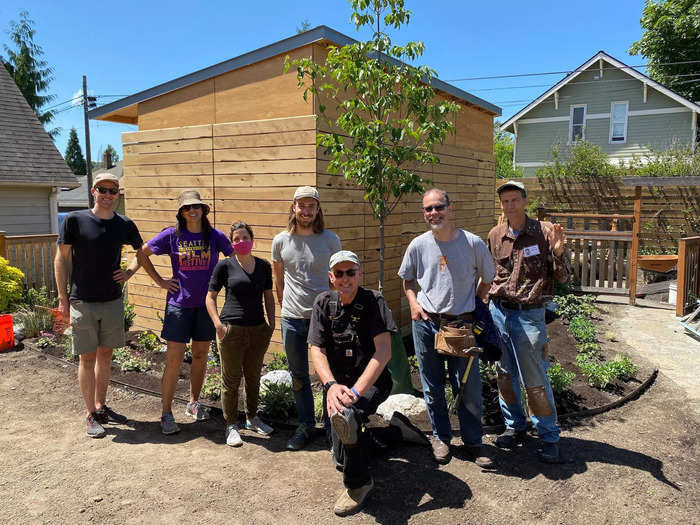
A tiny home. Facing Homelessness and the Block Project
"When we put the notice out for the first time, we were overwhelmed by the response of people who wanted to get involved with the Block Project," Tee told Insider.
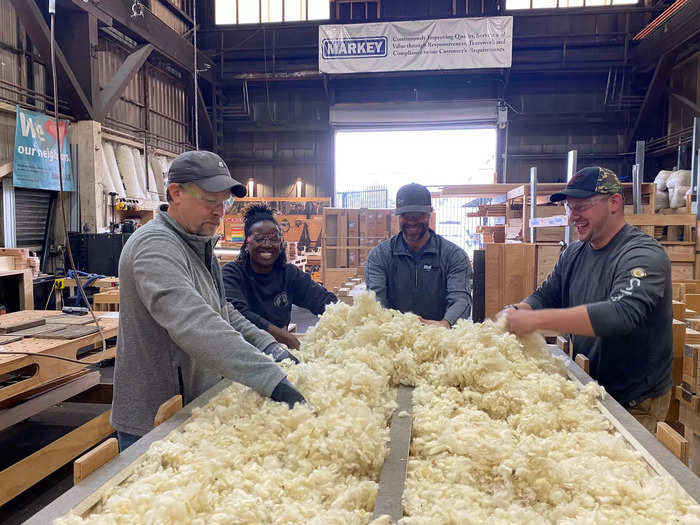
The workspace. Facing Homelessness and the Block Project
The nonprofit's idea to create tiny home shelters was first conceived in 2016, well before the string of tiny home villages started appearing in Los Angeles.
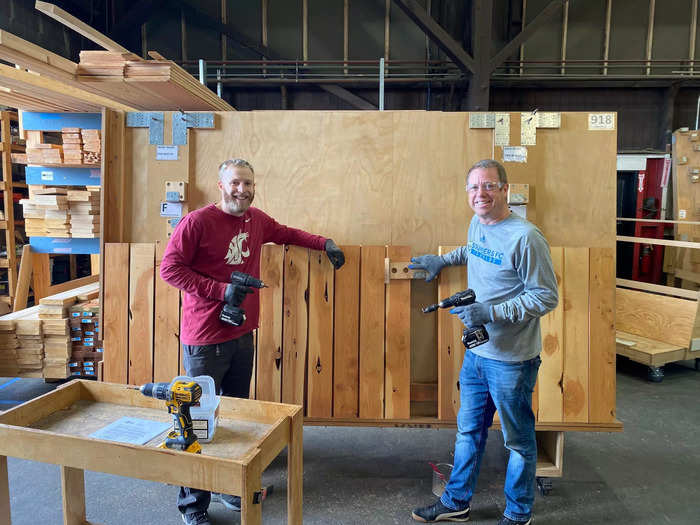
The workspace. Facing Homelessness and the Block Project
And its first resident — who's still with the program — moved into their little living unit in late 2017.
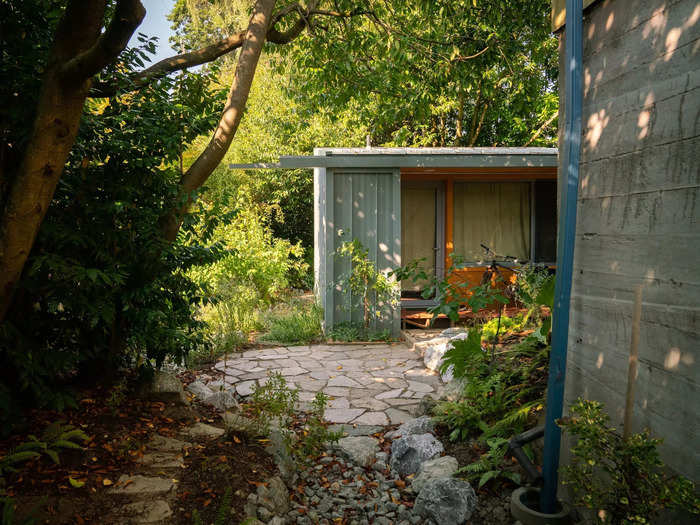
A tiny home. Facing Homelessness and the Block Project
Since then, the nonprofit has housed around 14 people, Tee told Insider in November 2021.
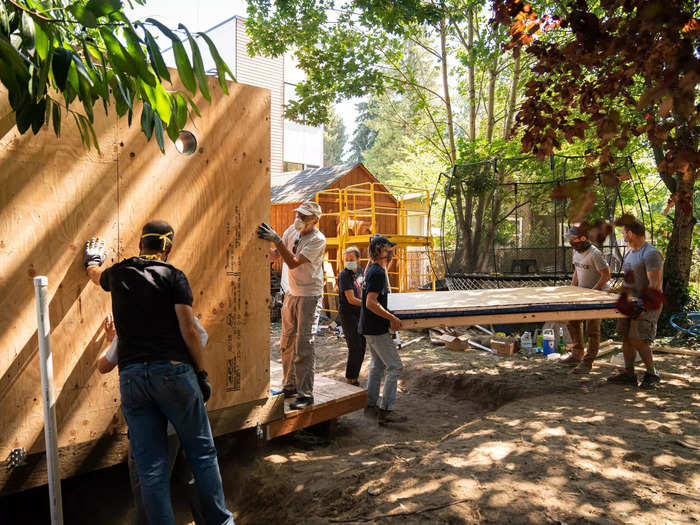
The nonprofit building a tiny home. Facing Homelessness and the Block Project
"We're expanding at the rate of community," Tee said, noting that the nonprofit wants to have 18 tiny homes in operation by the end of this year.
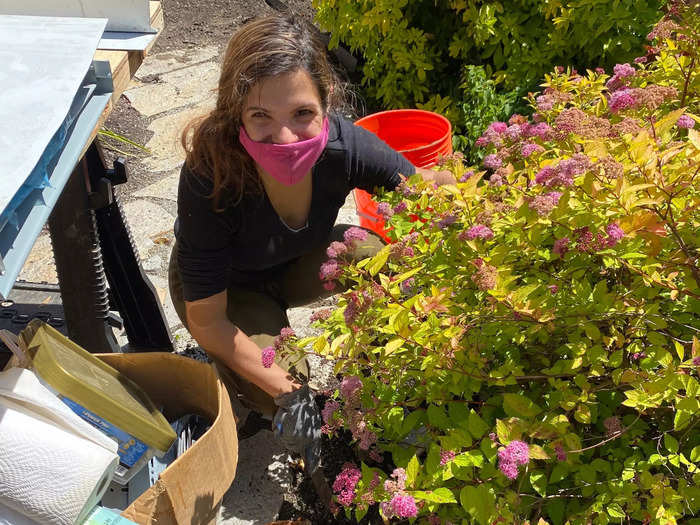
Facing Homelessness and the Block Project. Facing Homelessness and the Block Project
But unlike the tiny home villages that have been growing in popularity, the Block Project is providing permanent housing opportunities.
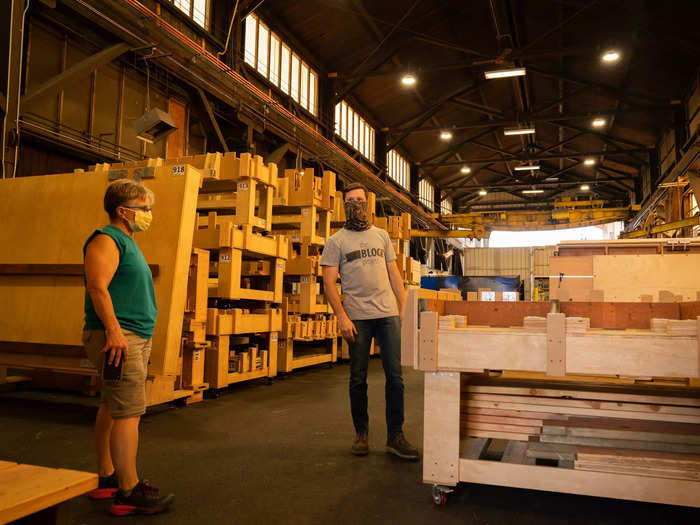
The Block Project. Facing Homelessness and the Block Project
The nonprofit doesn't set an expiration date for an occupant's stay in a tiny home.
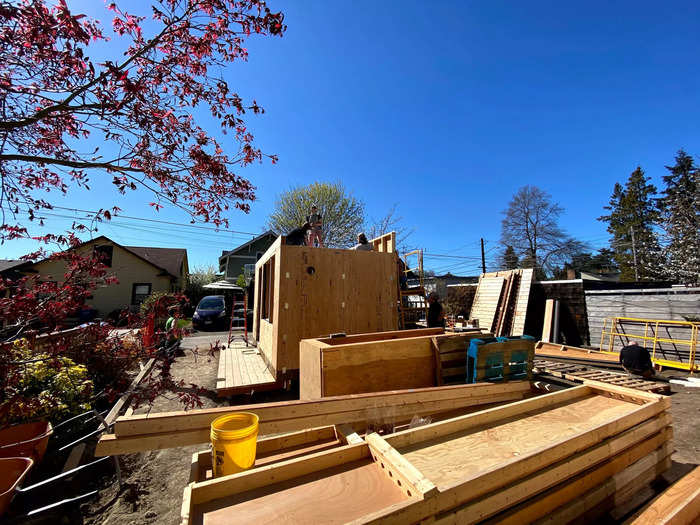
The building process of a tiny home. Facing Homelessness and the Block Project
Source: The Block Project
"What we're hearing from our residents is 'we want to have a permanent space we can call home, be stable, and really settle,'" Tee said.
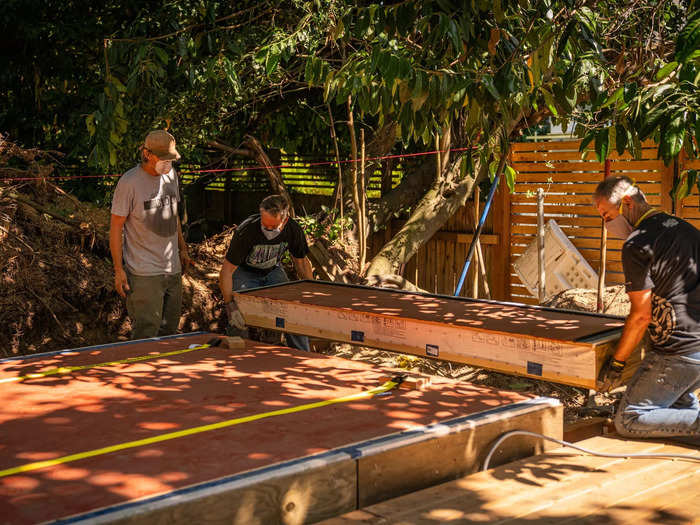
The nonprofit building a tiny home. Facing Homelessness and the Block Project
However, she acknowledges that there's no singular solution to the ongoing homelessness crisis, whether it be permanent or temporary housing.
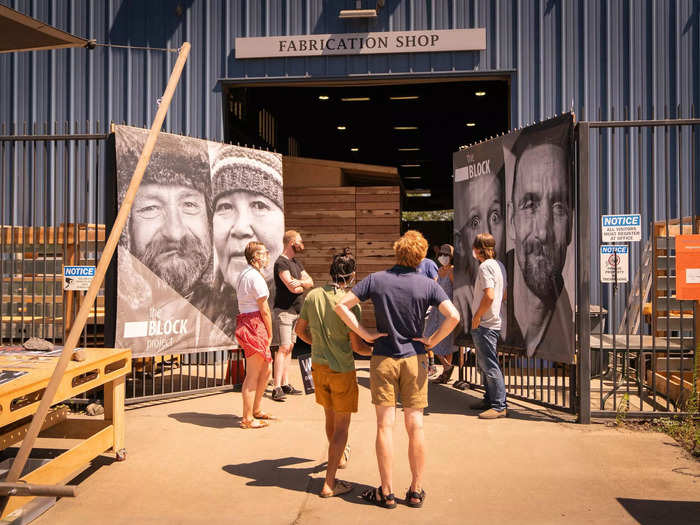
The workspace. Facing Homelessness and the Block Project
To set up a new home, the nonprofit works directly with the homeowner and potential tiny home dweller.
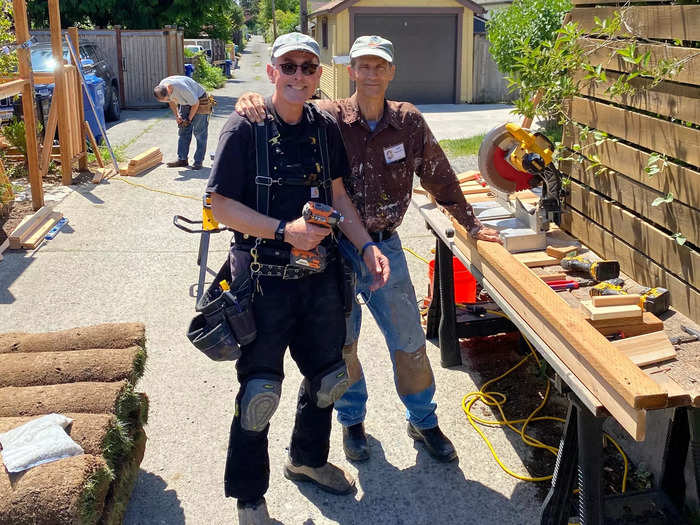
Facing Homelessness and the Block Project. Facing Homelessness and the Block Project
Homeowners who lend their backyards to the Block Project sign a renewable five-year "ground lease" to lease 500 square-feet of their yard to the nonprofit.
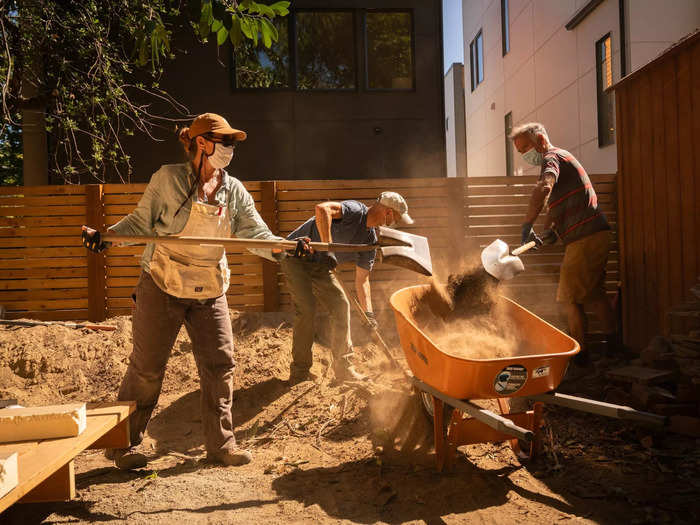
The nonprofit building a tiny home. Facing Homelessness and the Block Project
This space is then used for the 128-square-foot tiny home, a pathway leading up to the home, and landscaping.
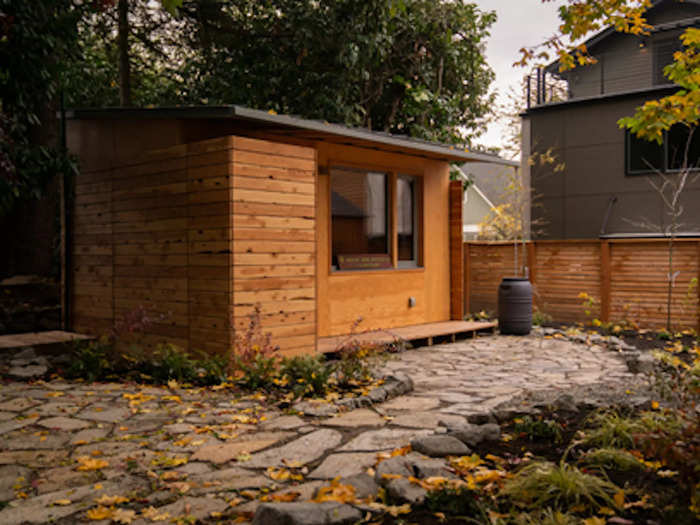
A tiny home. Facing Homelessness and the Block Project
About 70% of the panelized tiny homes are built off-site by volunteers.
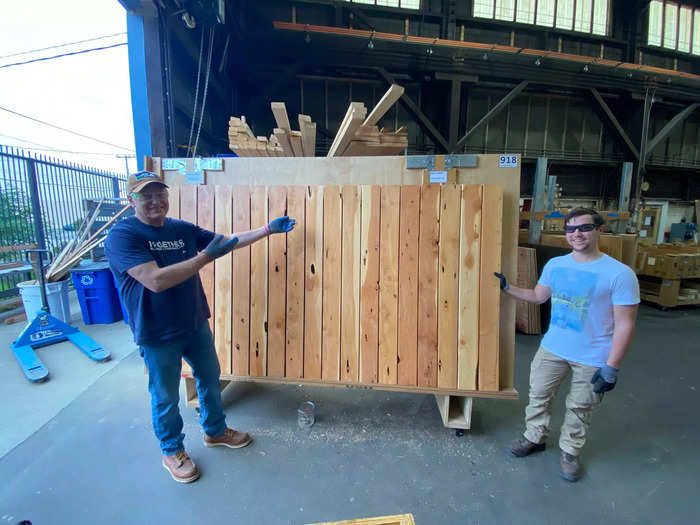
The workspace. Facing Homelessness and the Block Project
These panels are then trucked to the backyards to be assembled on-site with the help of volunteers.
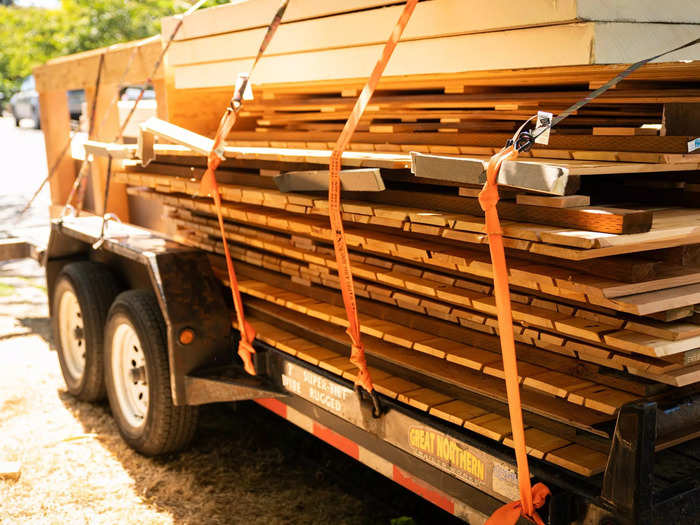
The nonprofit building a tiny home. Facing Homelessness and the Block Project
Source: The Block Project
According to the nonprofit, these tiny homes — which are lined with solar panels — are affordable to construct.
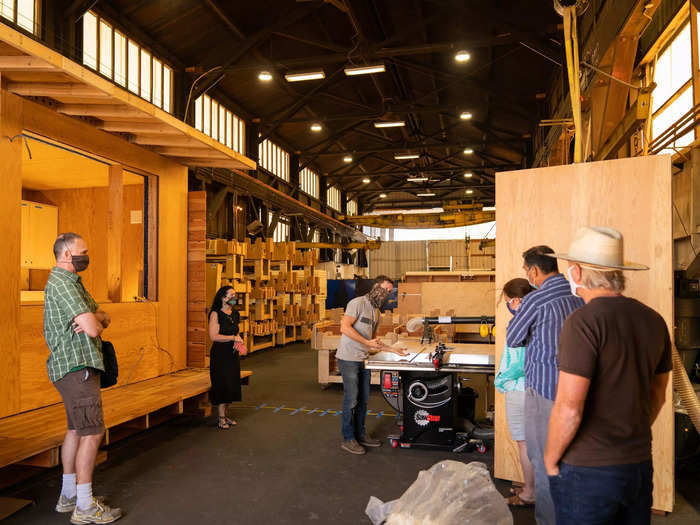
The workspace. Facing Homelessness and the Block Project
A prefab unit costs $75,000, and the building process produces almost zero waste.
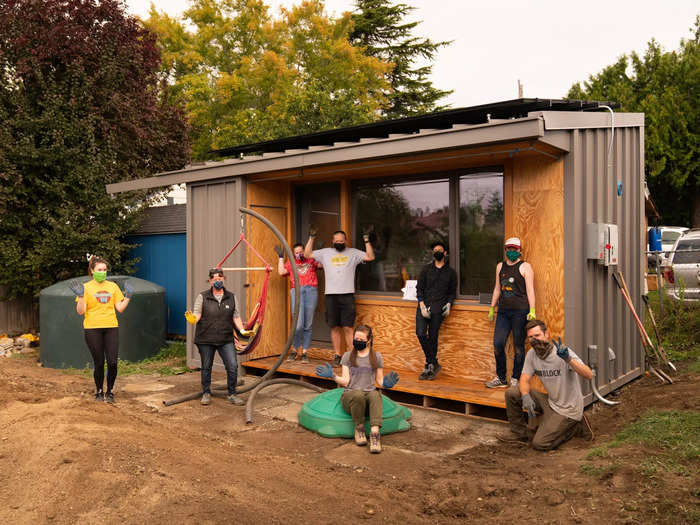
The nonprofit building a tiny home. Facing Homelessness and the Block Project
Source: The Block Project
Each unit has its own bed, bathroom ...
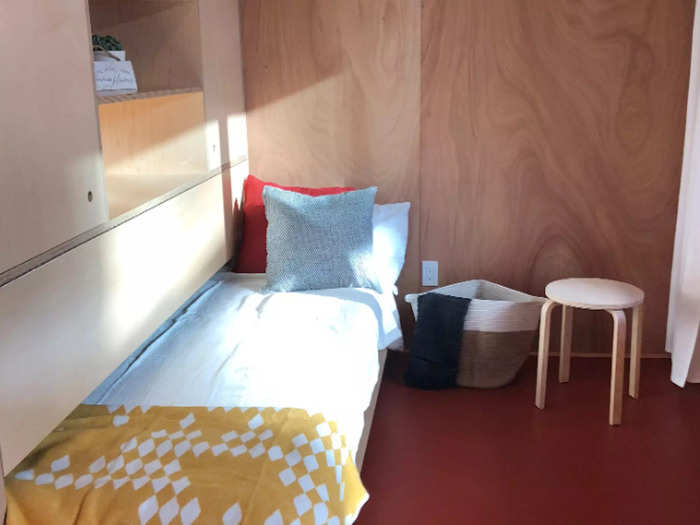
Inside a tiny home. Facing Homelessness and the Block Project
... and kitchen, giving its occupants a private home of their own.

Inside a tiny home. Facing Homelessness and the Block Project
A homeowner can opt to pay for their new neighbor's monthly utilities.
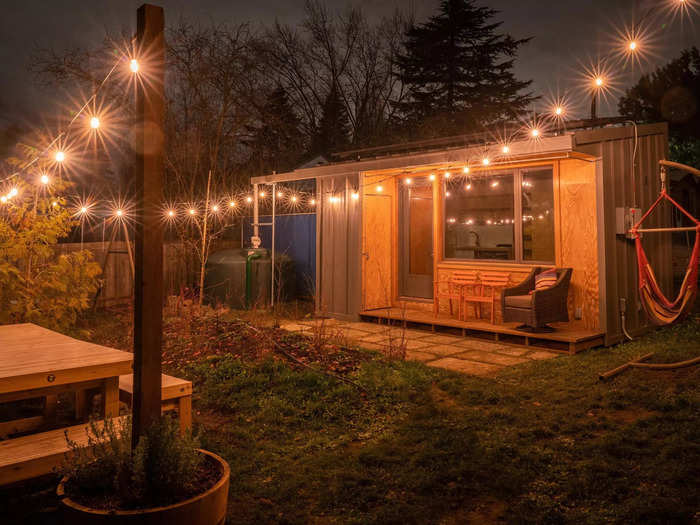
A tiny home. Facing Homelessness and the Block Project
But if they aren't interested in fronting this cost, the nonprofit can pay for it instead.
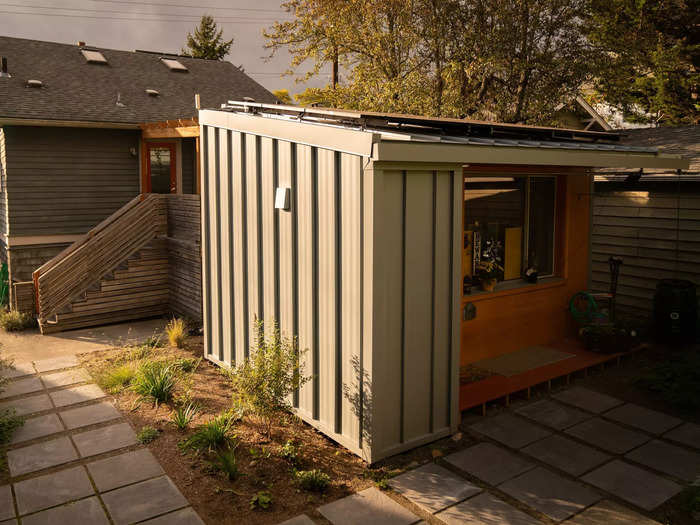
A tiny home. Facing Homelessness and the Block Project
Residents are selected via referrals from agencies and case managers …
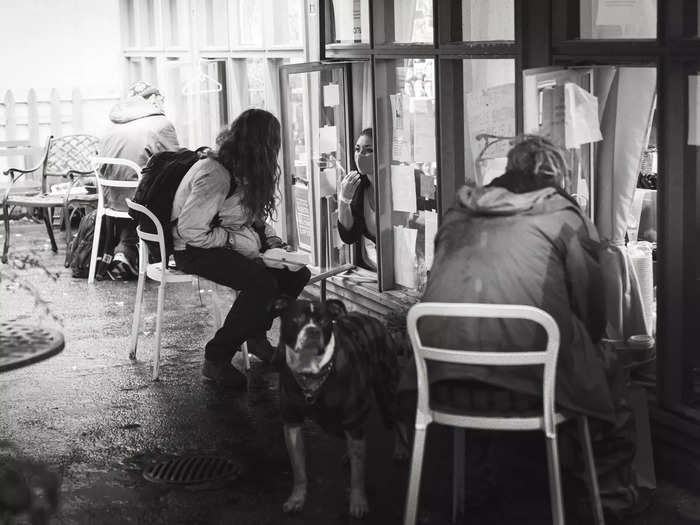
People with Facing Homelessness and the Block Project. Facing Homelessness and the Block Project
… and they must sign an agreement that says their stay can be cut short for reasons like "criminal activity."
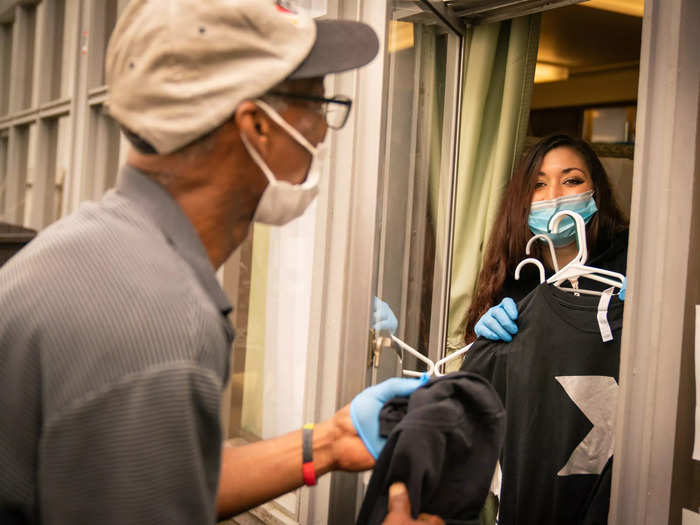
People with Facing Homelessness and the Block Project. Facing Homelessness and the Block Project
Source: The Block Project
The formerly unhoused resident doesn't pay rent.
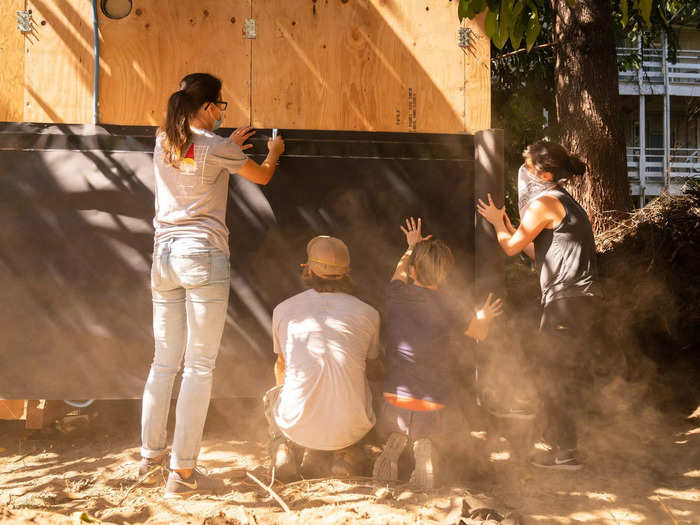
The nonprofit building a tiny home. Facing Homelessness and the Block Project
But if Block Project does begin requesting payment, a person's rent will be decided on a "sliding scale" that factors in income and the duration of their stay, according to the nonprofit.
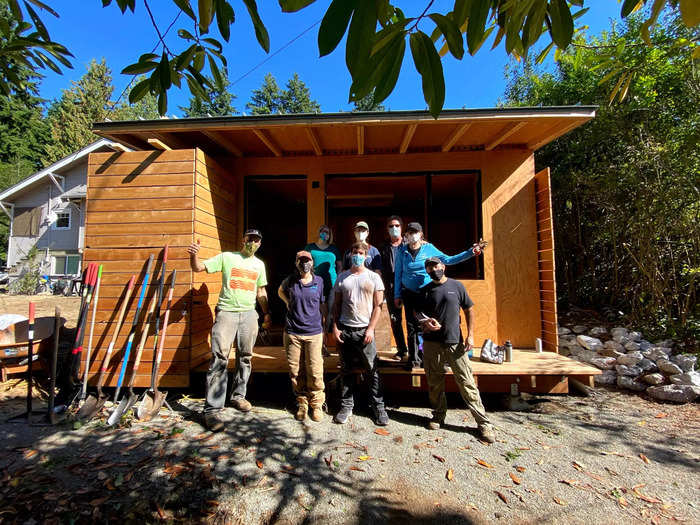
A tiny home. Facing Homelessness and the Block Project
The nonprofit then plays the role of matchmaker, pairing a property owner with someone who wants a home.
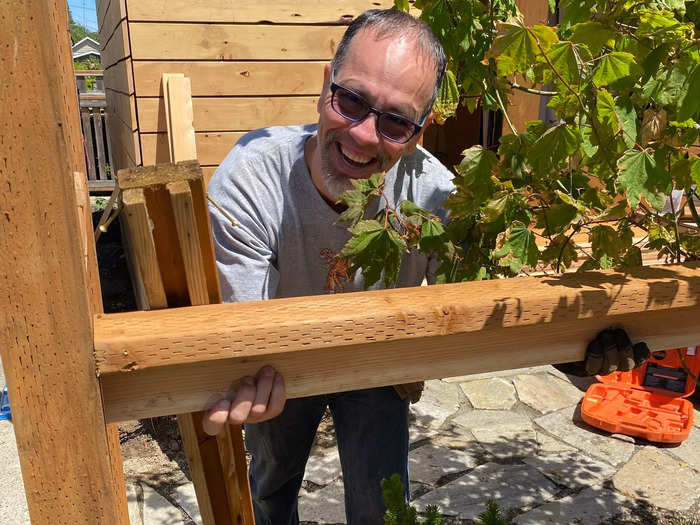
Facing Homelessness and the Block Project. Facing Homelessness and the Block Project
The relationship between the homeowner and the resident varies from being neighbors who intermittently see each other to becoming a tight-knit family who shares weekly dinners.
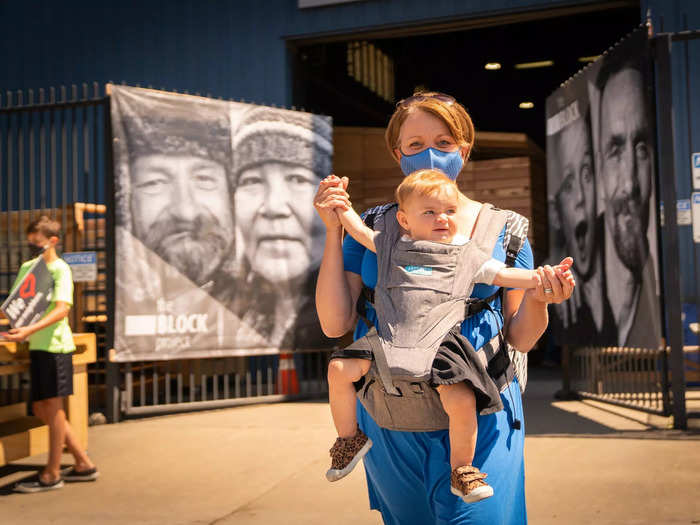
A baby and their parent outside of a warehouse. Facing Homelessness and the Block Project
"The closer people come to learning about an issue, the closer people come to understanding a person's experience, and the more inclined they are to understand a bit more and want to do something about it," Tee said.

A tiny home. Facing Homelessness and the Block Project
READ MORE ARTICLES ON
Popular Right Now
Popular Keywords
Advertisement